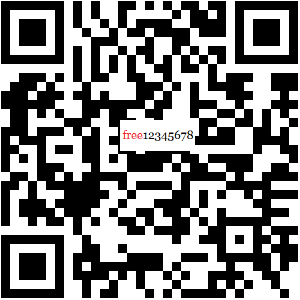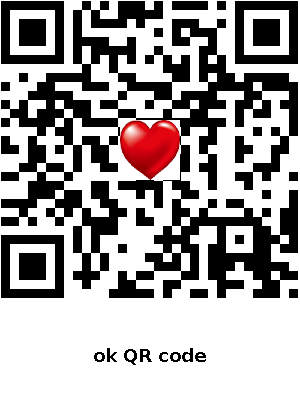Who invented the QR code?
2023-11-23
The QR code was invented by Masahiro Hara of DENSO WAVE in Japan in 1994. QR code, also known as two-dimensional barcode, is a popular encoding method on mobile devices, which can represent more data types. It records data symbol information using a specific geometric figure distributed in a plane (two-dimensional direction) in black and white according to a certain pattern. QR codes can use several geometric shapes corresponding to binary to represent textual numerical information, which can be automatically read by image input devices or photoelectric scanning devices to achieve automatic information processing. Each character occupies a certain width and has a certain verification function.
Yuan Changhong, the "father of QR codes". Born in Tokyo, Japan in 1957, graduated from Fa Cheng University in 1980 and obtained a Bachelor's degree in Electrical Engineering from Fa Cheng University. In the same year, he joined Japan Electric Corporation, a subsidiary of Toyota Motor, and the company actively developed new technologies such as speech recognition. Yuan Changhong developed the QR code in 1994, passed the JIS standard in 1999, and passed the ISO standard in 2000.
Yuan Changhong first developed barcode readers. At that time, two-dimensional barcodes had already begun to appear in the United States. However, due to the large amount of information, reading a code took two to three seconds, which could not be used in industry. Toyota Motor Company decided to consider developing a brand new two-dimensional barcode. Due to the computer's expertise in one-dimensional processing such as barcodes, if there were a pattern with a unique black and white ratio, one would realize that there was a code there, and ultimately, Yuan Changhong invented the QR code. The QR code "QR" is the abbreviation for "Quick Response".
So, to be precise, Yuan Changhong is not the "father of QR codes", but should be called the "father of QR codes". However, since QR codes later became the most popular QR code in the world, almost equivalent to the QR code itself, it is not an exaggeration to call Yuan Changhong the "father of QR codes".
Classification of the purpose of QR codes
1. Readable business: After the application encrypts the business information and generates a QR code image, the QR code is sent to the user's mobile terminal through SMS or MMS. Users bring their phones to the scene and use a QR code machine to scan their phones for QR code decoding and recognition.
2. Main reading business: Users install a QR code client on their mobile phones, use their phones to capture and recognize QR code images printed on media, newspapers, etc., obtain the stored content of the QR code, and trigger related applications.
The role of QR codes
1. Information acquisition (business cards, maps, WIFI passwords, materials);
2. Website redirect (redirect to Weibo, mobile website, video website);
3. Advertising push (users scan the code and directly browse the video and audio advertisements pushed by the merchant);
4. Mobile e-commerce (users scan codes and place orders directly on their phones);
5. Anti counterfeiting traceability (users can scan the code to view the production location, and the backend can obtain the final consumption location).
Advantages of QR codes
The production cost of QR codes is low, the printing process is simple and flexible, and the anti-counterfeiting performance is good. Specifically, when printing QR codes, their shape, size, etc. can be adjusted and changed, with strong flexibility. However, after introducing encryption measures in QR codes, they can have good anti-counterfeiting performance.

